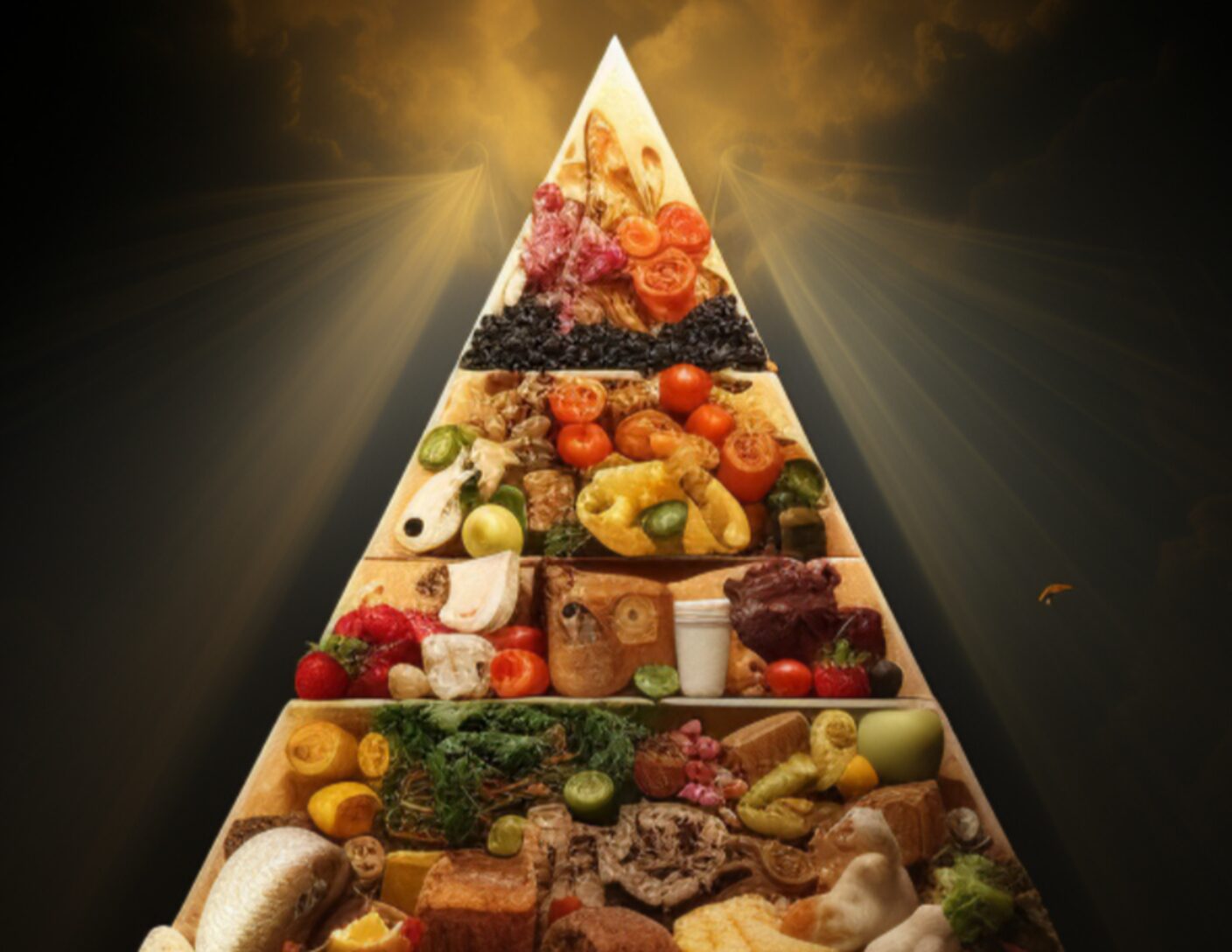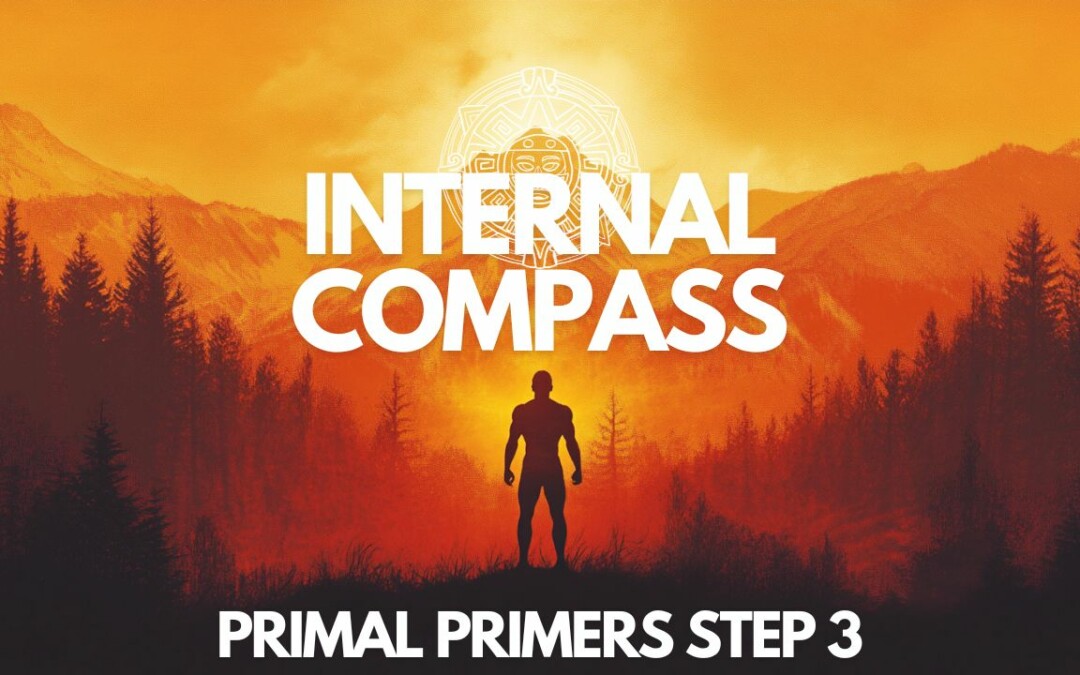Food and how it interacts in your nutritional ecosystem has long since departed seasonal sprouting and tracking of game. Understanding nutrition amidst highly marketed, processed, and the Fugazi seemingly requires academic rigor in discerning fact from fiction. Although LCC believes diet Is incredibly nuanced and individual, those who stare down from ivory elevations in lauded positions of non-elected beaurcracies or academic institutions have an alternative view. Their primary maxim is a claim of food being a business; where influencing what to eat beholds an appetite for power, money, and even moral purity.
HOW DOES ONE KNOW WHAT THEY DON’T KNOW?
A meditation I often reflect on; and is applicable to the informational blindspots we all are subject to. When considering the many options that can be introduced to nutrimental ecosystems, food facts has become a most convoluted and biased slew of assumptions and religion, all rationalizing between fueling, filling, or rewarding.
IDEAL VS. CURRENT
Wouldn’t it be helpful if there was an official cabal of sages who could through a process of testing and keen knowledge of past and present (ancient & empirical) come to conclusions and recommendations that could be shared for optimizing health and posterity; heuristics to approach hunting and gathering consumption with aim of maximizing nutritional dosage: the original prescription.
Instead we are currently stuck with governmental funded direction and university research (also funded by government, big business, and foreign entities) to guide dietary habits and influence decisions. In kind, we receive misleading abominations like the food pyramid which created havoc from 1974-2010, and public studies (also from the 70’s) drawing conclusions to influence exoneration of sugar from causing heart disease and metabolic illness while misdirecting blame on fats; all headed by researches at Harvard’s school of public health and supercharged by funding from Coca Cola, Gerber, Kellogs, and the Sugar Research Foundation SRF (ironic eh?). The implications of this study are still having pernicious influence 50 years later. Ask yourself how many people you know who equate eating meat and fats as bad for you?
Luckily, the food pyramid (absolutely no affinity to the marvelous engineering of the Ancient Egyptian kind) has been retired, and replaced with the latest transmogrification that further leads us to dietary ruin. The official state sponsored guidance now under the operation code name “My Plate” further brain washes its citizens on ways to malnourish and keep the primal spirit down regulated. Although this is purely speculation, but how else could one interpret the gross negligence of these recommendations as less than a way to keep citizens low energy, physically weak, and mentally foggy? According to my inputs via the myplate website, protein should be kept to 7oz a day while prioritizing low fat and skinless options. 7oz a day of ribeye represents a paltry 44g of protein and 480 calories of the 3,200 that is recommended for me to eat daily to sustain my weight. Conversely, grains should be prioritized with a heaping 10oz a day (1oz being a slice of bread….so theoretically, 10 slices of whole grain a day). And why is grain in such a large portion? Meager substantiations such as “people who eat grains regularly may have a reduced risk of some diseases”. If I were to follow this recommendation, it would provide a macronutrient return of 810 Kcal, and a substantial 137g of carbohydrates. Let alone fruit recommendations which calls for 2.5 cups per day all of which can be satisfied with 2.5 cups of 100% fruit juice; adding another 280 Kcal and 64g of carbs. Adding in the recommendation for veggies and dairy, we get a cumulative recommendation of 611 Kcal and 62g of carbs. Indexing in at a total daily 263g of carbs I find it incredibly difficult to believe this would not result in rampant weight gain and not to mention intense bouts of fatigue from such insulin spiking heights of carb consumption. Let alone inadequate amounts of muscle building protein. Check it out for yourself: https://www.myplate.gov.
Although I’m skeptical of any for profit organizations peer reviewed dietary recommendations, I am somewhat encouraged by the work coming from Tufts University and the creation of the Food Compass. Albeit a step in the right direction, this scale also provides misdirection and a bias that seems to weight heavily towards the latest ideology of moral apogee for the abdication of animal meats.
FOOD COMPASS
The Food Compass is a food rating system developed by Tufts university. Used to grade foods across 9 domains (nutrient ratios, vitamins, minerals, ingredients, additives, processing, specific lipids, fibre and protein, and phytochemical) integrated with algorithms to determine scoring for consumer guidance. The score ranges from 1 and 100, with 100 being the healthiest; intent being to guide better more healthful decisions. Interestingly, the score takes into account processing, plant chemicals, and additives. Also proprietary in its ability to more accurately grade mixed dishes such as pizza, and other common multi ingredient meals. https://sites.tufts.edu/foodcompass/research/data/.
Food Compass Food Score Examples:
- Berries: 100
- Tuna: 73
- Chicken Breast: 61
- Grilled Chicken sandwich whole grain: 32
- Cheeseburger:8
CRITICISMS OF THE FOOD COMPASS:
While it seems fundamental to have categorical silo ratings, it also renders comparing across category strange and seemingly inaccurate as numbers lose their meaning with this system. For instance, chocolate covered almonds indexing a 78 (savory snacks and sweets), while beef gets 43 (disparate categories), and almond milk gets 86 (in the same category of meat, dairy, and seafood). Power bar gets a 65 while cheerios get a 95 within their shared grain category.
Total protein was rated <4% of the score, while type of protein & quality was not considered.
The above mentioned limitations of Food Compass result in numerous unjustified scores. For example, kale receives the same score as watermelon, despite the large difference in nutrient density and fiber between the two foods. Surprisingly, Frosted Mini Wheats, Honey Nut Cheerios, nonfat frozen yogurt, calcium fortified orange juice, and chocolate covered almonds all receive top scores (≥70, “to be encouraged”). In contrast, foods such as millet, whole wheat bread, skinless chicken breast, boiled eggs, and whole milk, are assigned lower scores (31-69, “to be moderated”), which are comparable to those of sweet potato fries, Lucky Charms, canned pineapple in sugar syrup, almond M&M’s, and ice cream (Ortenzi et. al 2022).
The messaging of healthful eating pattens needs to be independent of revenue corrosion. Independent to ideology, and succinct in messaging practices that are relevant and attainable by anyone. We can all do better. And we commit that the Left Coast Caveman team will provide relevant direction without financial influence, rooted in reflection of years of lived experience, research of ancient provisional practice, all culminating into heuristics that can be used in instigating better choices, and making available more consistently the energy we need to be better humans for our posterity and beyond.
Eat whole foods. Shop the perimeter. Avoid most processed ingredient lists that are in paragraph form.
“Let Food Be Thy Medicine”
Ortenzi, F., Kolby, M., Lawrence, M., Leroy, F., Nordhagen, S., Phillips, S., … Beal, T. (2022, February 18). Limitations of the Food Compass Nutrient Profiling System. https://doi.org/10.31235/osf.io/eu578















